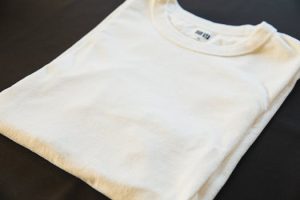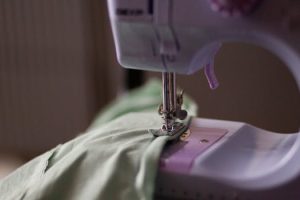Nanotechnology Enables Molecular-Level Fabric Performance Enhancement
Nanotechnology is a rapidly advancing field that has revolutionized multiple industries, including the textile industry. With its microscopic approach, nanotechnology has enabled molecular-level fabric performance enhancement like never before. Through cutting-edge technology, fabrics can now have enhanced properties such as increased strength, durability, and even UV resistance. In this article, we will explore the incredible advancements in nanotechnology and the impact it has on fabric performance.
The Rise of Nanotechnology in the Textile Industry
Nanotechnology deals with the manipulation of matter at an extremely small scale, often at the nanometer level. This technology has been extensively utilized in the textile industry, allowing for the development of fabrics with enhanced features. By using nanoparticles, which are particles 1 billionth of a meter in size, fabrics can display extraordinary properties that were previously unattainable.
Nanotechnology-Enabled Fabric Performance Enhancement
One of the most significant breakthroughs in the textile industry through nanotechnology is the enhancement of fabric performance. With the integration of nanoparticles into fabrics, the overall properties of the material can be significantly improved, making them more efficient and durable.
Improved Strength and Durability
Nanoparticles can greatly improve the strength and durability of fabrics. By coating fabric fibers with nanoparticles, the overall tensile strength of the fabric can be increased, making it more resistant to tearing or wearing down. This enhancement is crucial in industries that require high-stress resistance, such as the military and athletic wear.
Additionally, nanoparticles can increase the durability of fabrics, making them more long-lasting. By creating a barrier against environmental elements, nanoparticles can prevent fabrics from fading, staining, or deteriorating over time. This makes fabrics more robust and suitable for various applications, from outdoor gear to furniture upholstery.
UV Resistance
Nanotechnology has enabled the development of fabrics with enhanced UV resistance. By incorporating nanoparticles that have UV-absorbing properties, fabrics can offer increased protection against harmful UV rays from the sun. This technology can be used in a wide range of applications, from sports clothing to protective gear for outdoor workers.
The Use of Nanotechnology in Various Fabric Types
Nanotechnology has been implemented in multiple types of fabrics, from natural to synthetic materials. With its versatility, this technology has provided fabric manufacturers with the ability to enhance any fabric’s performance, regardless of its composition.
Cotton Fabrics
Cotton is a staple fabric used in many industries, from fashion to home decor. By utilizing nanotechnology, cotton fabrics can have improved properties such as water and stain resistance. This is especially useful in products like tablecloths and bed sheets, which are prone to spills and stains.
Polyester Fabrics
Polyester has become a popular choice for sportswear and outdoor gear due to its lightweight and moisture-wicking properties. With nanotechnology, polyester fabrics can now have enhanced UV protection, making them even more suitable for outdoor activities.
Leather
Nanotechnology has also been utilized in leather products to enhance their durability and water resistance. By coating leather with nanoparticles, it becomes more resistant to stains and scratches, making it suitable for a wide range of products, from shoes to handbags.
The Future of Nanotechnology in the Textile Industry
The potential of nanotechnology in the textile industry is limitless. Scientists continue to explore its applications, and the results are promising. In the near future, we can expect to see fabrics with self-cleaning capabilities, antibacterial properties, and even fabrics that can generate electricity.
Moreover, advancements in nanotechnology have also led to the development of smart fabrics, which can sense and adapt to their environment. These fabrics can potentially revolutionize the medical field, from bandages that can detect infections to clothing that can monitor vital signs.
Conclusion
Nanotechnology has significantly impacted the textile industry, enabling fabric performance enhancement at a molecular level. Through nanotechnology, fabrics now have improved strength, durability, and UV resistance, making them more efficient and suitable for various applications. With ongoing advancements in this technology, we can expect to see even more incredible advancements in the fabric industry in the years to come.











